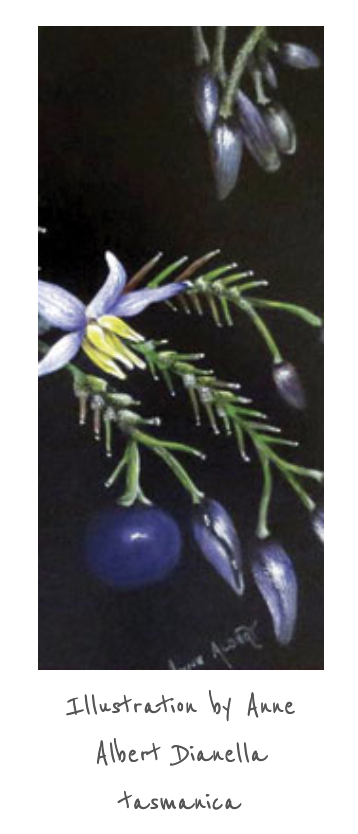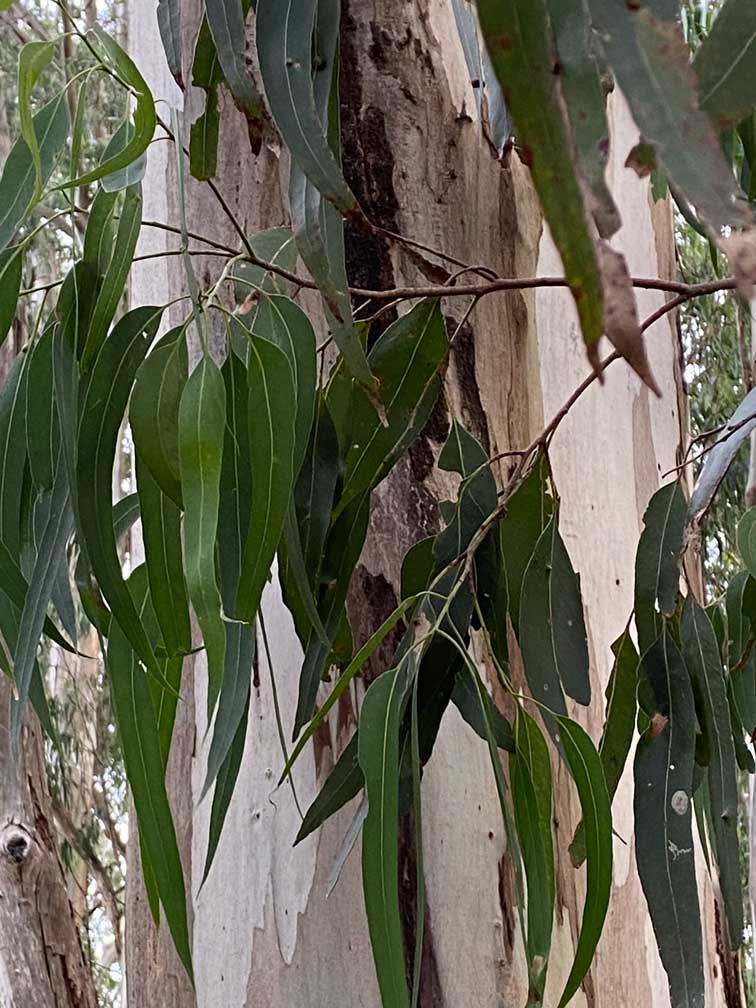PLANNING
PLAN CAREFULLY TO OPTIMISE YOUR RETURN ON EFFORTUse the guidance below to make sure you have covered all your bases before starting.
1. Determine your goal When developing a revegetation plan, it is important to know what you are trying to achieve. Use this checklist to clarify your goals.
Your plans may have multiple goals. However, you may not have access to all the resources required to achieve all of those outcomes. Focus your energy on the aspect of the project which will deliver the maximum return on your efforts. Any revegetation work, well planned, will always have multiple benefits, often beyond those originally foreseen. 2. Analyse site location
Most site measurements are expressed as hectares (ha). 1ha = 10,000Sq. m
Making a quick sketch as you walk the site to identify features, locate weeds, burrows, remnant species etc will help with planning.
PLAN : Weed/Pest :____________________________________________________ Risk: Low / Medium / High Reason: _______________________________________________________ Control Method: ________________________________________________ Timing: _______________________________________________________ Most larger pest animals can be controlled through suitable fencing. Tree guards prevent browsing from many smaller animals and can be bought at various heights with stakes to match. In areas with persistent browsing problems, especially by native mammals, it may be cheaper and more successful to build small exclusion pens within your site and concentrate your efforts on a few areas at a time. Competition from other plant species for space, nutrients and light can restrict revegetation, especially when direct seeding. Perennial weeds and highly developed pasture species are usually the hardest to overcome and may require up to two years of control before their threat is minimised. These should be tackled first and multiple methods may be required. If you are unsure if a plant is a weed, or which one and how to tackle it, you may take a small sample secured in a plastic bag (to avoid spreading seed which might be invasive) to your local Landcare office, farm supply store or DEPI office for identification. Weed and pest control methods are constantly improving and this guide will not make particular recommendations on which method to use. It is best to do some research, ask around and be prepared to be flexible and creative. ‘Best Practice’ is often worth the little bit of extra time and effort but you may need to tweak it to suit your site. 3. Determine planting method
You may choose to direct seed or plant seedlings (tube-stock):
Revegetation may involve a combination of direct seeding and tube-stocking, depending on your site and the availability of some species. Some species hardly ever germinate in direct seeding and so are planted as tube-stock, some seed is difficult to collect in the quantities required for direct seeding and is therefore more economical to tube-stock. A successful direct seeding project may require supplementary planting further down the track to fill gaps or add extra species and it is more practical to add these as tube-stock. |
4. Seed
5. Equipment, labour and funding What other materials will you need, how much labour, how much will it cost and is there funding available to assist you?
6. Choose your plants
Which plants of the indigenous selection for your EVC will best achieve your goals? Select your Landcare Group from the dropdown items under 'Species Lists'. |


